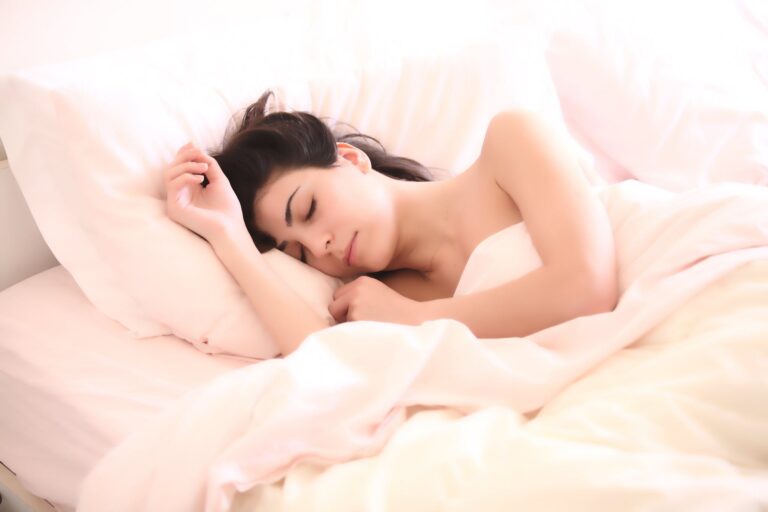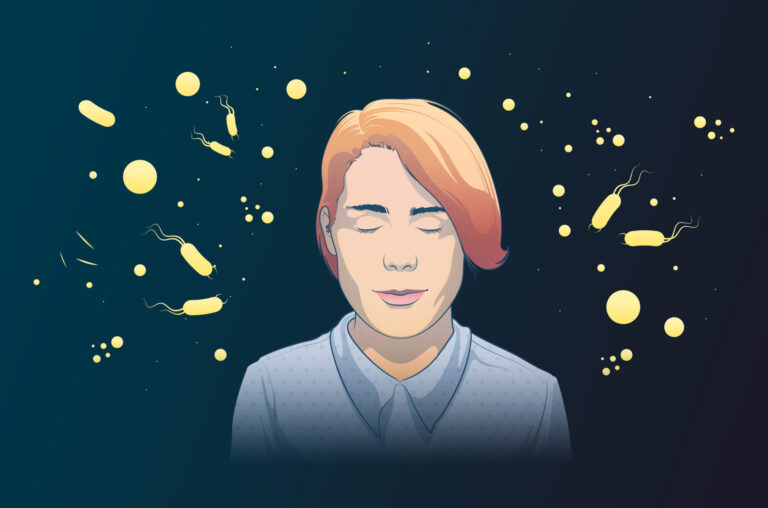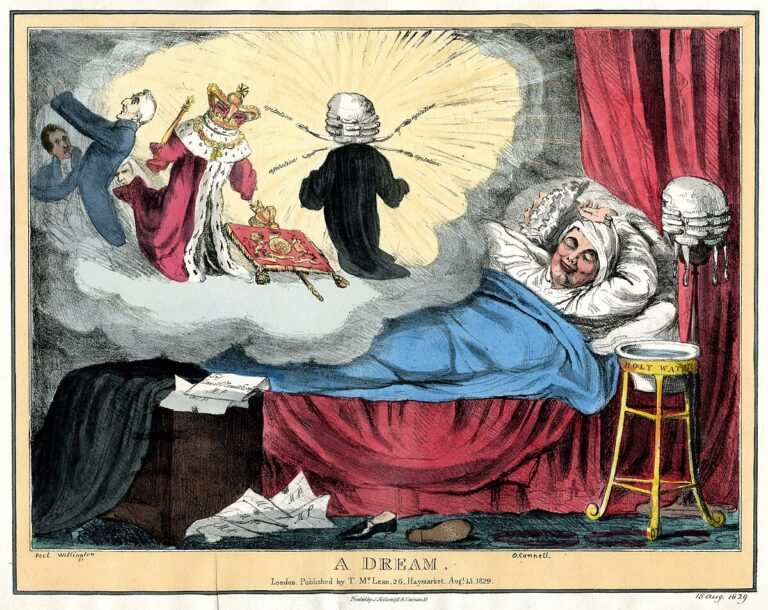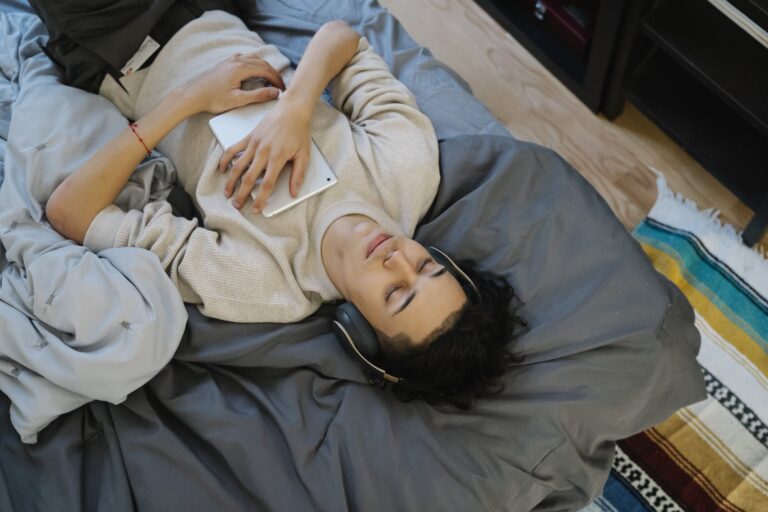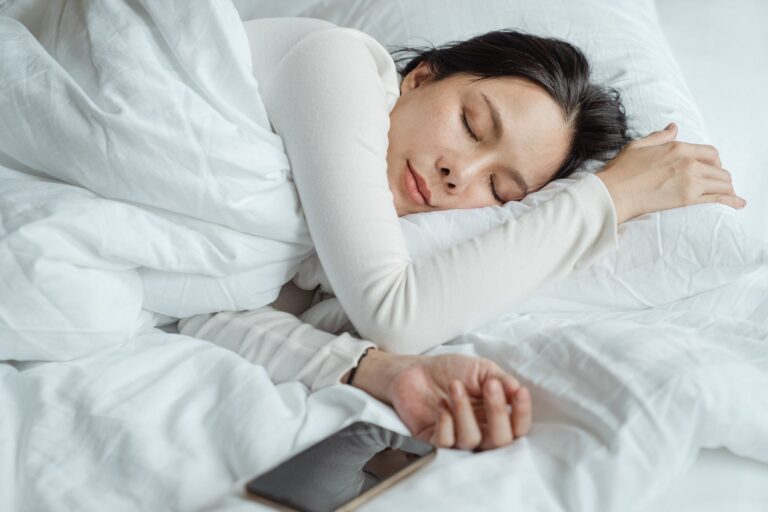Blue Light Therapy: Benefits for Skin & Sleep
Did you know blue light therapy can cut acne by 64%? It’s not just for skin. It also helps you sleep better. This treatment uses special light to fix skin problems and improve sleep.
With more screen time, sleep and skin issues are common. Knowing about blue light therapy’s benefits is key.
This article will show you how blue light therapy helps your skin and sleep. You’ll see how it can boost your wellness routine. For more on screen time’s health effects, check out this informative resource.
What is Blue Light Therapy?
Blue light therapy is a non-invasive treatment. It uses light in the blue spectrum to fix skin issues and health problems. This therapy works on the skin’s top layers, fighting *acne*, sun damage, and some skin cancers.
The blue light used is different from the bad blue light from screens. It has natural wavelengths from 415 to 470 nanometers. These are made for healing, not harm.
So, what does blue light therapy do? It has *antibacterial properties* to kill acne-causing bacteria. It also helps the skin heal and look better. This treatment is safer than many others, making it good for many people.
Knowing about blue light therapy is key if you’re thinking about it. Sessions last 15 to 30 minutes. They offer quick fixes for skin problems. Many see good results right after one treatment, but more might be needed for the best results.
| Aspect | Description |
|---|---|
| Wavelength | 415 to 470 nanometers |
| Uses | Acne treatment, sun damage, skin cancer |
| Treatment Duration | 15 to 30 minutes |
| Sessions Needed | Varies; some may require multiple treatments for optimal results |
| Pain Level | Generally mild discomfort, subsides quickly |
How Does Blue Light Therapy Work?
Blue light therapy targets specific skin problems. It fights acne by killing Propionibacterium acnes bacteria. This reduces inflammation and makes skin clearer.
For acne, treatments last four to six sessions with follow-ups every six months. For actinic keratosis, one to four treatments are needed, with yearly check-ups. This method uses agents that make the therapy stronger.
Treatment times range from 15 to 90 minutes. Side effects like redness or mild irritation can happen. They usually go away in one to two weeks.
| Condition Treated | Treatment Regimen | Session Duration | Typical Side Effects |
|---|---|---|---|
| Acne | 4-6 treatments; maintenance every 6 months | 15-30 minutes | Redness, dry skin |
| Actinic Keratosis | 1-4 treatments; annual maintenance | 30-90 minutes | Swelling, tenderness |
| Skin Cancer | 2-3 sessions spaced 4-6 weeks apart | 30-90 minutes | Skin irritation, peeling |
Knowing how blue light therapy works shows its wide use in skin care. It treats current problems and prevents new ones.
Benefits of Blue Light Therapy for Skin
Blue light therapy is great for skin health. It helps with many skin problems. This treatment uses light to fix skin issues, making it better.
Improvement in Acne
Studies show blue light therapy works well for acne. It cuts down inflammation and kills bacteria that cause acne. About 85% of people see a big drop in acne after four treatments.
It’s best for mild to moderate acne. But, it doesn’t work on blackheads, whiteheads, or cystic acne. People say their skin looks better, with improved tone and texture.
Treatment of Sun Damage and Actinic Keratosis
Blue light therapy also fights sun damage and actinic keratosis. It fixes damaged skin cells, making skin look better. It helps grow new, healthy skin.
This treatment has few side effects. It’s a safe way to improve skin health.
Effectiveness against Skin Cancer
Blue light therapy is good for treating non-melanoma skin cancers, like basal cell carcinoma. It kills cancer cells. This makes it a key tool in dermatology.
Combining it with other treatments can make results better. Sessions cost between $40 and $50, depending on where you are.
| Skin Condition | Treatment Efficacy | Session Cost ($) | Patients Reporting Improvement (%) |
|---|---|---|---|
| Acne | 85% reduction in lesions | 40-50 | 75% clearance at 3 months |
| Actinic Keratosis | Effective in cellular regeneration | 40-50 | Not specified |
| Non-Melanoma Skin Cancer | Destroy cancer cells | 40-50 | Not specified |
Blue Light Therapy for Skin Conditions
Blue light therapy is known for helping with acne and sun damage. It also helps with other skin issues. This treatment is getting attention for its success in treating eczema and rosacea. Let’s look at how it helps these skin problems.
Blue Light Therapy for Eczema
Blue light therapy for eczema shows great promise. It can reduce inflammation and ease discomfort. Many people see their symptoms improve.
This treatment is good for those with sensitive skin. It’s non-invasive and doesn’t use harsh chemicals or invasive methods.
Blue Light Therapy for Rosacea
Blue light therapy is also good for rosacea. Studies show it can lessen redness and calm irritation. Regular use can make skin look better and feel better.
It’s a safe choice for treating rosacea. Blue light therapy is gentle yet effective for skin care.
Blue Light Therapy: A Solution for Sleep Disorders
More people are struggling with sleep disorders. Blue light therapy is becoming a popular solution. It helps control our body’s natural clock, which affects how well we sleep.
How Blue Light Regulates Circadian Rhythms
Blue light therapy helps with sleep issues like Delayed Sleep Phase Syndrome and insomnia. Studies show blue light is best for changing our body’s clock. This makes it a key part of sleep therapy.
Light boxes give off 8,000 to 12,000 lux. It’s best to sit 18 to 24 inches away for the best effect. But, how long you use it is more important than how bright it is.
- Most Americans use devices before bed, leading to more insomnia.
- Devices like TVs and phones give off a lot of blue light.
- Setting an alarm an hour before bed helps reduce blue light exposure.
Results from blue light therapy vary. Some people get back to normal sleep, while others see some improvement. A doctor’s help makes sure it works for you.
Blue light therapy is a good option for those wanting better sleep. It helps with our body’s natural rhythm.
Potential Side Effects of Blue Light Therapy
Blue light therapy has many benefits. But, it’s key to know its possible side effects. This knowledge helps people choose the best treatments for them.
Immediate Reactions
Some people might feel immediate effects from blue light therapy. These can include:
- Redness at the treatment site
- Mild swelling
- Itching or irritation
- Headaches
- Eye strain
These effects usually go away quickly. Most people see their skin return to normal soon after treatment.
Long-term Considerations
It’s important to think about long-term effects of blue light therapy. Most effects are minor. But, some might see:
- Hyperpigmentation that goes away fast
- Rare but serious skin reactions
- Signs of early skin aging
- Unknown risks from non-standard uses
Talking to a healthcare provider about these risks can help. It ensures the benefits of blue light therapy are enjoyed safely.
| Immediate Side Effects | Long-Term Considerations |
|---|---|
| Redness | Hyperpigmentation |
| Swelling | Increased sun sensitivity |
| Itching | Potential for premature skin aging |
| Headaches | Risk of severe pain during certain treatments |
Blue Light Therapy at Home vs. Professional Treatments
There’s a big debate about blue light therapy at home versus professional treatments. Each has its own good and bad points. These can affect how well it works and how you feel about it.
Pros and Cons of At-Home Devices
At-home blue light therapy devices are super convenient. You can use them whenever you want, fitting them into your daily life easily. Products like the Dr. Dennis Gross DRx SpectraLite FaceWare Pro are safe and work well, thanks to FDA clearance. But, they’re not as strong as what you get at a professional place, which can show results faster.
- Pros of At-Home Devices:
- Easy to use every day.
- Can save money over time.
- There are lots of choices.
- Cons of At-Home Devices:
- Results might take longer to see.
- Not as strong as professional treatments.
- Needs regular use for best results.
Cost Comparison between Home Use and Professional Treatments
It’s important to know the cost difference between at-home and professional blue light therapy. Devices at home can cost from $100 to over $435, depending on the brand and tech. Professional sessions, on the other hand, cost between $25 to $85 each. You usually need 8-10 sessions for the best results.
| Type of Treatment | Approximate Cost | Frequency |
|---|---|---|
| At-Home Devices | Starting at $100; up to $435+ | Daily use recommended for weeks |
| Professional Treatments | $25 to $85 per session | 8-10 sessions spaced weekly; maintenance every few months |
Both options have their own benefits. Your choice depends on what you prefer, your budget, and what you want to achieve. Remember, a consistent bedtime routine can make any treatment work better. For tips on a relaxing bedtime routine, check out this guide.
Customer Reviews and Testimonials
Blue light therapy has become popular, and people are sharing their good experiences. Many talk about how it helps with acne and sun damage.
Users say their skin looks better after a few treatments. They’re happy with how clear and bright their skin is. Many say they see quick and real changes, making them want to keep using it.
But it’s not just about the skin. People also talk about feeling happier and sleeping better. Using blue light therapy seems to help in many ways. Many say using it often leads to big and lasting improvements.
| Device | Feedback Highlights | Average Rating |
|---|---|---|
| LightStim Acne LED Light Therapy | Effective against acne with reduced redness | 4.5/5 |
| Foreo Espada LED Light Acne Treatment | Fast healing with pleasant experience | 4.6/5 |
| Dr. Dennis Gross DRx SpectraLite FaceWare Pro | Convenient design and efficient results | 4.4/5 |
| Bon Charge Red Light Face Mask | Notable skin rejuvenation after consistent use | 4.7/5 |
| Skin Gym’s Wrinklit LED Face Mask | Improved skin tone and smoother appearance | 4.3/5 |
In summary, what people say is very important. It shows blue light therapy works well for skin and overall health. People keep sharing their stories, helping others learn about its benefits.
Research Findings: Blue Light Therapy Effectiveness
Recent studies have shown the blue light therapy effectiveness. They focus on its use for acne and improving sleep. The research highlights how blue light can treat skin issues and affect sleep.
Studies Supporting Blue Light Therapy for Acne
Many blue light therapy for acne studies show it works well. A study with 21 people, mostly women, found big improvements in acne after eight weeks with Tända™ Clear. They saw a 65% drop in acne symptoms.
Key findings include:
- Big drops in comedones, papules, and pustules (p
- It’s easy to use, and people feel confident doing it on their own.
- People like blue light better than other acne treatments because it’s safe and easy to get.
Research on Sleep Improvement
Studies also looked at blue light therapy’s impact on sleep. They found it helps those with seasonal affective disorder (SAD) and PTSD. Morning blue light exposure can help symptoms and improve sleep.
- People who got blue light for 30 minutes a day saw better sleep and less PTSD symptoms.
- Short morning sessions (20 minutes) help those with mild SAD.
- Even with good results, some experts want more research on blue light therapy for sleep issues.
Blue Light Therapy Products Available in the Market
The market has many blue light therapy products for skin and sleep. You can find professional devices and easy-to-use home versions. It’s key to look at how well they work, if they’re safe, and what doctors say.
Popular Devices for Skin Treatment
The Sapphire™ device is a top pick. It’s an FDA Class II medical device with blue LEDs at 415 nm. It’s shown to reduce blemishes in 100% of users, without causing irritation in 94%.
- Neutrogena Light Therapy Mask – Targets acne effectively.
- Sapphire™ – FDA-approved for clinical acne treatment.
- Blue Sapphire LED – Offers similar benefits to the Sapphire device.
Acne affects 50 million Americans, making these devices very appealing. Blue light therapy is a safe way to fight acne, especially with antibiotic-resistant strains.
Home Use Devices for Sleep Improvement
Light therapy lamps are great for sleep issues. The Philips GoLite is a top choice. It emits safe blue light to help your body clock. Users use it for 30 to 60 minutes, twice a day.
| Device Name | Functionality | User Feedback |
|---|---|---|
| Sapphire™ | Acne treatment | 100% of users saw reduced blemish size |
| Neutrogena Light Therapy Mask | Skin treatment | Well-received for ease of use |
| Philips GoLite | Sleep improvement | Effective in regulating sleep cycles |
Looking at different blue light therapy products helps you choose the best for your skin and sleep.
Red Light vs. Blue Light Therapy: What’s the Difference?
Knowing the differences between red and blue light therapy is key for better skin and health. Both use light for healing, but they tackle different skin problems in unique ways.
Blue light therapy mainly helps with acne. It kills bacteria that cause acne and controls oil. This makes it great for teens and adults with acne. The blue light used is between 400 to 495 nm, which goes deep into the skin to fight acne.
Red light therapy works deeper. It uses red light between 630 to 670 nm and near-infrared light from 810 to 850 nm. This helps cells grow, boosts collagen, and lowers inflammation. Many people see their skin get brighter and plumper after using it for four weeks.
The blue light therapy vs red light therapy debate shows they’re used for different skin issues. Blue light is good for fighting acne, while red light is better for skin renewal, reducing scars and wrinkles, and healing faster. Blue light also helps with eczema, making it good for many skin problems.
Many people use both therapies together. This way, they get the best of both worlds. Blue light kills bacteria, and red light reduces inflammation. This combo is great for treating acne and other skin issues.
| Therapy Type | Target Conditions | Wavelength (nm) | Primary Benefits |
|---|---|---|---|
| Blue Light Therapy | Acne, Eczema | 400 – 495 | Destroys bacteria, reduces oil production |
| Red Light Therapy | Wrinkles, Scarring | 630 – 670, 810 – 850 | Promotes collagen, reduces inflammation |
Understanding each therapy helps users choose what’s best for their skin. Both therapies have a lot of potential for beauty and health.
Can You Combine Blue and Red Light Therapy?
Using blue and red light therapy together can really help your skin. Blue light kills bacteria that cause acne. Red light helps your skin heal and reduces swelling.
Many skincare experts say it’s good to use both therapies at once. This is especially true for people with acne and redness. It helps balance treating acne and healing the skin.
When you use both red and blue light therapy, follow the right schedule. Aim for 20-minute sessions, 3-4 times a week. If your skin problems are severe, you might need longer sessions to see better results.
| Treatment Outcome | Percentage |
|---|---|
| Excellent Subjects after Three Stages | 79.2% |
| Good Subjects after Three Stages | 17.2% |
| Total Effective Rate | 96.4% |
Combining blue and red light therapy works well. Some people saw their skin get better, even after acne scars. This method not only fights acne but also makes your skin healthier.
These treatments use specific wavelengths, 660nm for red and 415nm for blue. They are safe and can make your skin better without harming it. You might see some side effects like redness or swelling, but they usually go away with good skincare.
Finding Blue Light Therapy Near You
Looking for blue light therapy is easy. Just do a quick online search. You’ll find many blue light therapy clinics near me. Dermatology clinics often offer this treatment as part of their services.
Wellness centers and spas also provide blue light therapy. This means you can choose the best place for you. You can look at different places based on what you want.
It’s smart to check the quality of care before you go. Look at reviews to see how good a place is. Make sure the doctors are certified. This helps you pick the best place for blue light therapy.
“Accessing local blue light therapy options has never been easier. Ensure you find a provider that aligns with your expectations for quality and care.”
Wrap-Up of the Benefits of Blue Light Therapy
Blue light therapy is great for skin and sleep. It helps with acne, age spots, and psoriasis. It works by targeting deep skin layers.
This therapy also improves sleep and helps with seasonal affective disorder. It’s safe and doesn’t have many risks. People see better skin and less inflammation.
More studies show it works well. It’s a good choice for skin and sleep issues. Blue light therapy is changing how we take care of ourselves.
FAQ
What is blue light therapy?
What are the benefits of blue light therapy for skin?
Can blue light therapy help with skin cancer?
How does blue light therapy work?
Is blue light therapy safe?
What are the side effects of blue light therapy?
Can blue light therapy be done at home?
How effective is blue light therapy compared to professional treatments?
What are the potential long-term effects of blue light therapy?
Can you use blue light therapy for sleep improvement?
What are some popular blue light therapy products?
Can blue light and red light therapy be combined?
How do I find blue light therapy services near me?


